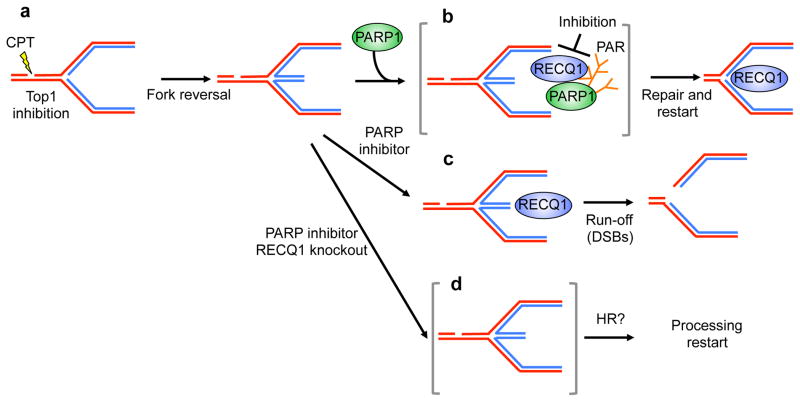Figure 7. Schematic model of the combined roles of PARP1 and RECQ1 in response to TOP1 inhibition.
(a, b) PARP poly(ADPribosyl)ation activity is not required to form reversed forks, but it promotes the accumulation of regressed forks by inhibiting RECQ1 fork restoration activity, thus preventing premature restart of the regressed forks. (c) Inhibition of PARP activity leads to replication run-off and increased DSBs formation upon TOP1 inhibition since RECQ1 can restart reversed forks untimely. (d) PARP activity is no longer required in RECQ1-depleted cells were regressed forks accumulate because the cells lack the enzyme (RECQ1) necessary to promote fork restart. HR might be required to promote fork restart in the absence of RECQ1 and PARP activity.

